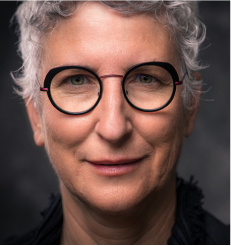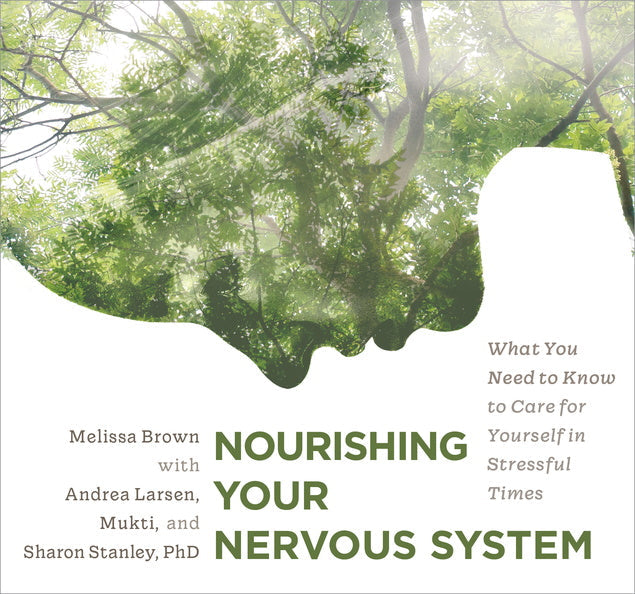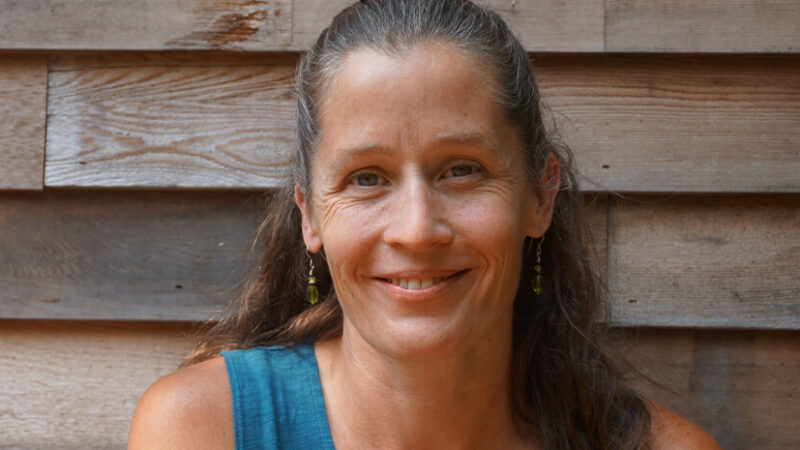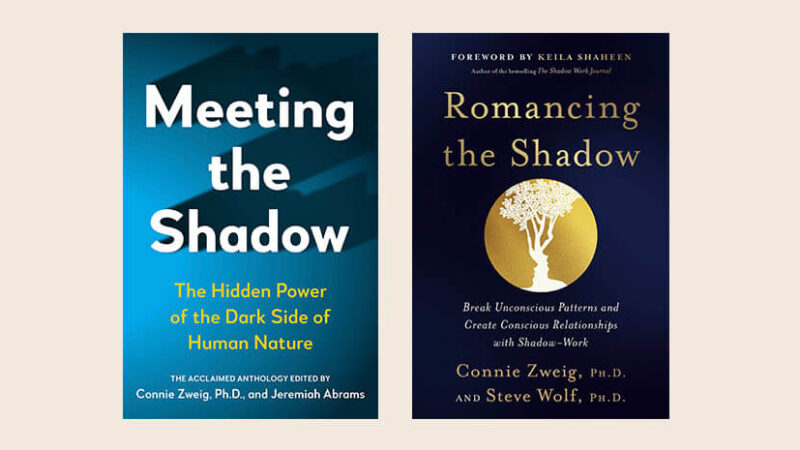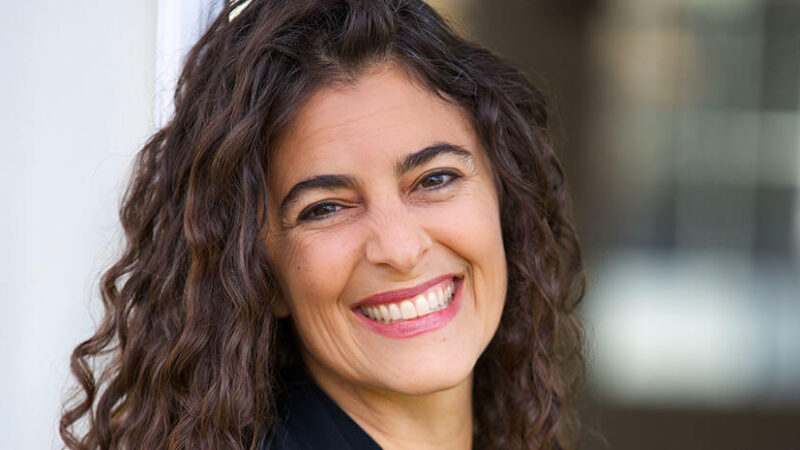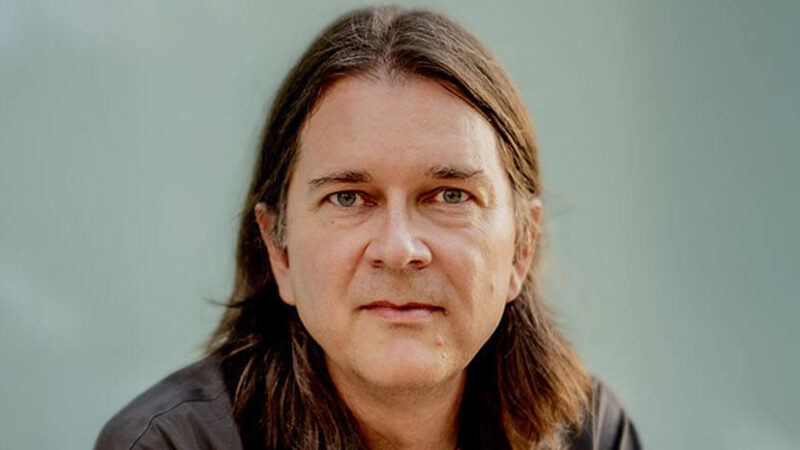When was the last time you felt truly relaxed, present, and at peace with everything going on in your life and in our world? In this podcast, Tami Simon speaks with Melissa Brown about her new audio learning program, Nourishing Your Nervous System, and how we can begin to empower ourselves to choose the state of regulation over dysregulation. Give a listen to this practical and inspiring discussion of the ventral vagal branch of the parasympathetic nervous system—and how we can access it for calm, joy, and vitality; co-regulation with others as a means to move out of dorsal depression; productive thinking versus rumination and other forms of unhealthy thinking; the elongated breath as a tool for shifting out of sympathetic arousal (or the “fight, flight, freeze” response); improving your “vagal tone”; doom-scrolling, binge-watching, and other ways we distract ourselves from what we don’t want to feel—and how we can learn to hold a state of vitality and a state of tension at the same time; the psoas muscles and their connection to nervous system activation; the benefits of “constructive rest pose”; “fixed action patterns” and how the psoas muscles store trauma; attuning to your heart; and more.

